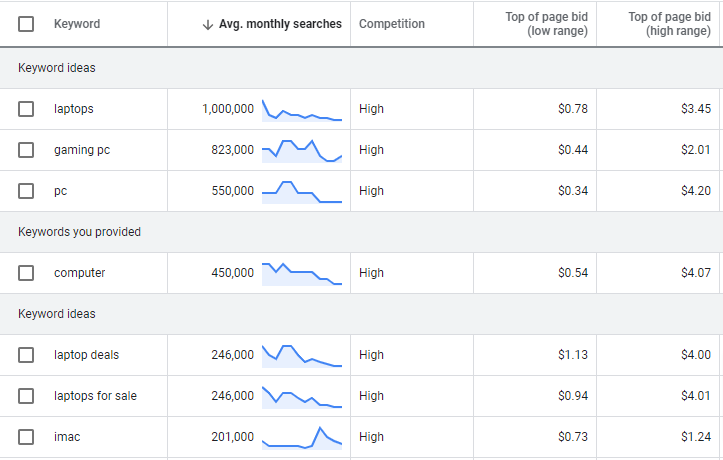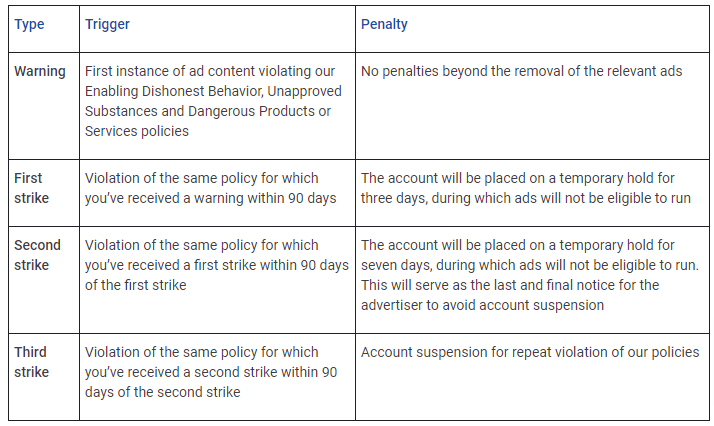Everyone wants to save money whenever they can and that’s equally true for Facebook ads. One thing digital marketers need to keep in mind is that even if you feel that an ad is perfect, it doesn’t mean it will work out. However, with a/b testing and data collection, you can systematically create the perfect ad for your audience.
A/B testing can help you lower your ad costs and today we are going to go over the best ways to run a/b testing on Facebook.
Why You Should Use A/B Testing For Facebook
If you have ever used Facebook ads before, you know that Facebook can be finicky, and campaigns don’t always run consistently. You should always be checking up on it to make sure you see success. Facebook is known to have frequent, sudden shifts due to algorithm changes, that are often irrational and happen without explanation. Applying an a/b testing can give you an advantage when these changes happen so your ad can be more successful. Another reason is to ensure you reach the entire audience you are targeting. One ad might strike interest in part of your audience while another attracts a different segment., so it is always a best practice to test out multiple ad copies at the same time.
How to Run Facebook A/B Testing Properly
Know Your Goal
The basic application of a/b testing is to determine what ad variation performs the best to accomplish it. If you want to drive more website traffic at a lower cost, test link clicks and landing page views to see what gets the lowest CPC. If you want to drive more leads at a lower cost try comparing lead generation campaign objectives versus website traffic objectives. Both will get these results, but you can see what works best for your company's campaigns. If you are trying to drive more video views, you should test several video variations using the same ad copy, or vice versa under one audience. That way you can see what video or ad copy works best. Lastly, you can improve your CTR. Try using multiple ad copy variations using one creative. If any of your ads are under a 1% CTR you can come to the conclusion that your copy isn’t working with your audience, so the next step would be to test a new ad copy. Continue this process to keep growing your CTR to better levels. As you increase your tests you will be able to see more results.
Use Both Your Data as Well as Facebook
When you are checking to see what your ads are doing, make sure that your ad sets are out of the Learning Period before making any changes. Sometimes Facebook notices fewer impressions on an ad and will shy away from it. But if you notice that it has a higher CTR and drives conversions at a lower cost than other ads, make sure you keep that running. Just because Facebook has a data collection system, it doesn’t mean that it is always right.
Turn Off Lower Performing Ads And Start The Next Test
Once your campaigns have run for enough time to make true judgments, check out the ads’ performances. If some are underperforming compared to others, start pausing them. If the ad is less successful then you should see it as an opportunity to make a new test to replace the lower performing ads. That way you can further optimize your campaign to drive down CPC.
What to A/B test On Facebook
There are multiple ways you can a/b test your Facebook ads. However, you want to make sure you are picking the best variable to improve, and that you are testing only one variable at a time. Otherwise, you can’t tell which test is the best.
Campaign Objectives
Right now Facebook has eleven campaign objective types to choose from.
Lead Gen Vs Traffic Campaign
You can try to drive leads using a lead generation campaign and another using a traffic campaign. This technique is often used to increase sales leads or to gain email subscribers. For lead gen campaigns, you can drive more leads at a lower cost. One thing to keep in mind is that your lead quality might decrease. Traffic campaigns are the opposite. You will see fewer leads at a higher cost, but your lead qualities will be better ones in a lead gen campaign. Even though this might be the norm, try out both to see if they can achieve your goal.
Website Traffic Vs Conversion Campaigns
You can compare website traffic campaigns against conversion campaigns to see which one drives more purchases. Both achieve conversion goals but traffic campaigns typically drive conversions at a lower cost. This is mainly because this type of campaign is higher up in the marketing funnel, so make sure you compensate with a bigger budget.
Audiences
You can try testing custom audiences and native audiences in your ad sets. For example, let’s say your company sells t-shirts. You can use some audiences to test people's interest in t-shirts, some others to target interest in competitors’ t-shirt companies, and a third for lookalike audiences.
Ad Level Elements
At an ad set level, there are several places to test. Each of these variables can affect how a campaign works. You can try ad copy length, headlines, creatives, calls to action, or landing pages. You can pick and choose what to try testing out of these five options. Just keep in mind to only test one variable at a time, unless you're running dynamic ads.
Cost-effective Facebook A/B Testing Methods
The main objective of a/b testing is to ultimately save money as you increase your revenue. When you start campaigns it can be expensive until you can make optimizations to decrease the cost per lead or conversion.
Dynamic Ads
Manual testing of ads is always a great option. But if you want your ads to move faster with testing, then learning and optimizing dynamic ads are the way to go. This ad type is a quick way to test various ad-level assets and save you time and money by leveraging the system to put together combinations of ad copy and creatives. This is incredibly useful for prospecting campaigns, to give you insights through the system-lead testing option.
If you use a product catalog, set up dynamic product ads in your retargeting campaigns. That way users that previously looked at products but did not purchase them, can come back efficiently and complete their purchase.
Upper Funnel Campaign Objective Tests
If you have a smaller budget, but your products or services cost more than your daily budget, you might want to try an upper-funnel campaign objective, because they are less expensive and can help your budget last.
When you have a small budget try awareness, reach or website traffic campaigns to re-engage with a warm audience. When your campaign is still optimizing for your goal, people will still convert if you add a landing page to your ad.
Use Ad Set Level Budgets
You have the option to pick between two budget options in Ads Manager. One is at the campaign level and the other is at the ad set level. Campaign budgets work best with prospecting audiences, but not as well for budgets in retargeting campaigns. When working with small budget accounts you can use ad set level budgets so you have more manual control as to how your budget is being spent.
A/B testing on Facebook is important because it gives you insight into your campaigns. Allowing you to make optimizations to maximize your conversions, and save you money.




























